Great Chalfield Manor: The magic of the Middle Ages
The serene beauty of this magnificent 15th-century manor house belies a complex and eventful history.


Since the early 19th century, Great Chalfield Manor in Wiltshire has been celebrated for its ancient, unchanging harmonies. Today, filmmakers - in 2008, it was featured in The Other Boleyn Girl - find it as irresistible as did the topographers and watercolourists of the past. Silvery, lichen-dusted walls rise behind the irises of a moat and house martins and swallows flit around the sculptures of heraldic beasts and knights that decorate the roofline.
Here, it would seem, is a precious heirloom, carefully passed down the centuries from the Wars of the Roses. Indeed, the present house is the late-15th-century creation of Thomas Tropnell, a lawyer, administrator and rapacious deal-maker. However, as we shall discover next week, it was loved back into its present, apparently immemorial, condition by an Edwardian engineer, Robert Fuller, and his scholarly architect, Sir Harold Brakspear.
What we know of Tropnell suggests a man dogged in the pursuit of his own ends, his voracity matched by an absence of scruples. It is not known when he was born, but, as he died in 1487, he must have been a young man on first entering Parliament in 1429. Two years later, in 1431, he married the first of his two wives: both were rich widows. In the 1450s, he was also active as a merchant in Bristol.
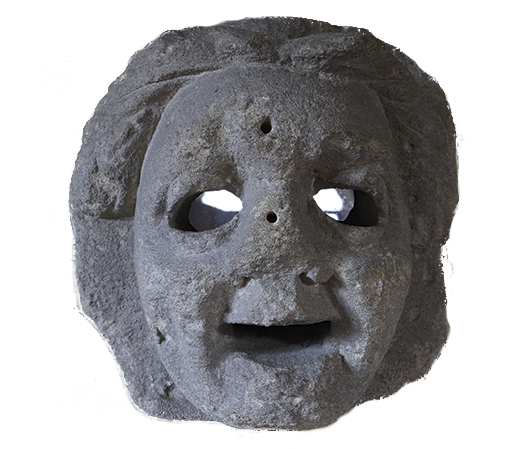
The motto that he had emblazoned on the cornice of the great-hall ceiling reads ‘Le jong tyra belement’ - ‘the yoke pulls well’ - perhaps recalls his labours as a steward to the Barons Hungerford of Farleigh Hungerford. They were Lancastrian supporters, but Robert, 3rd Baron Hungerford - already ruined by the huge ransom demanded when he was captured fighting in France in 1453 - was beheaded after the Yorkist victory at the Battle of Hexham in 1464. The event must have had a profound impact on Tropnell and his local power, although he immediately secured a pardon from Edward IV.
It was also in 1464 that work began to the compilation of the so-called Tropnell Cartulary (returned to Great Chalfield in 1923). Such compilations of property deeds are usually associated with ecclesiastical foundations, where they served to draw together in a single reference volume generations of bequests. For a private individual to commission one is rare and Tropnell almost certainly had this exceptionally splendid 900-page volume made to reinforce his - and that of his descendants - claims to property in the face of legal challenges. The section relating to Great Chalfield is illustrated with heraldry, a clear mark of its particular importance.
It is very likely that Tropnell planned the architectural transformation of Great Chalfield from 1464, at the same time that work began on the Cartulary. Certainly, the following June, he purchased a quarry at Hazelbury, a few miles away, near Box, which would supply the stone for the building work. The results from the tree-ring dating of timbers in the hall by Nottingham Tree Ring Dating Laboratory suggest the trees were felled in 1465–8 and that construction work took place at that time.
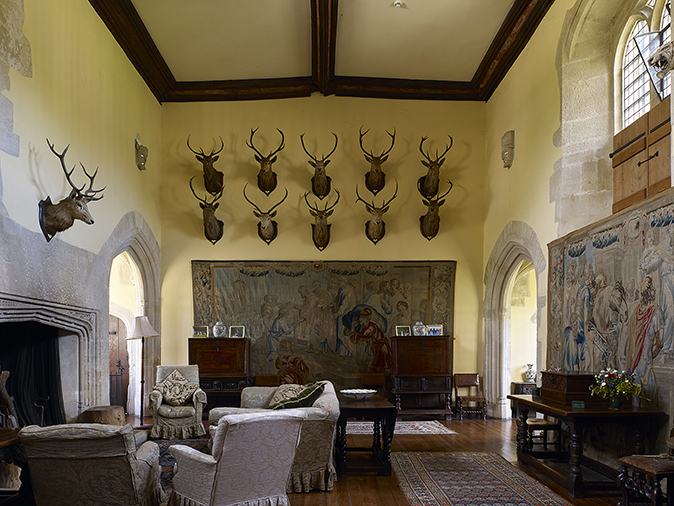
In this regard, it is worth emphasising that, in technical terms, Great Chalfield compares with a very sophisticated group of buildings commissioned to either side of Edward IV’s brief deposition in 1471, including work at Raglan Castle, Monmouthshire, and the Deanery at Wells in Somerset. Some of its details, notably the use of window tracery without decorative cusping, look back to ideas developed by royal masons in the 1440s. It is possible that a Bristol mason was involved in its design.
Exquisite houses, the beauty of Nature, and how to get the most from your life, straight to your inbox.
According to the Cartulary, Great Chalfield had been wrongfully alienated from the Tropnell’s kinsmen in the mid 14th century by the four-times married Constance Fitzwaryn, whose first husband was a minor member of the Percy family (to which the Tropnells had been united in the 13th century). As well as having become ‘bedfellow’ to her ‘cosyn’, the Bishop of Salisbury, by whom she had a child, Constance left Great Chalfield to a favourite grandson, William Rous. He wasted the fabric of the buildings to fund his dissolute lifestyle.
Tropnell’s fight to get his hands on the estate was long and bitter. He first secured it in 1443, but was ejected and only finally secured the title in 1467.
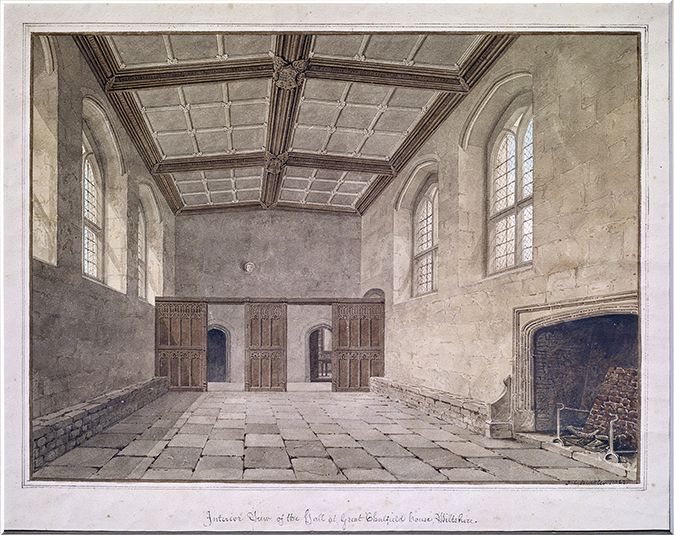
In later life, Tropnell did better in navigating the dangerous political rapids of the time than his Hungerford masters, adroitly obtaining pardons from Richard III and Henry VII. He entered Lincoln’s Inn as an honorary member in 1470. He acquired his knowledge of the law working for the Hungerfords and he used it ruthlessly to assemble a large portfolio of estates, not always by legitimate means (he was accused of bribing jurors).
In one case his (defeated) opponent, Roger Page, described him as ‘a perillous covetouse man’, a judgement actually copied into Tropnell’s Cartulary. It may be that the figure of an overbearing merchant clutching a large money bag in the dining room at Great Chalfield was not - as popular tradition has it - a portrait, but an image of Avarice (Fig 5). Nevertheless, it captures the spirit of Tropnell’s world.
The original reason for the settlement at Great Chalfield, which is first mentioned as Caldefelle in the Domesday survey of 1086, lies in a spring that feeds the stream at the back of the house. A weir and leat diverting the stream created a suitable site for a mill. Today, the stream, leat and spring respectively feed a millpond serving as an upper moat and lower fishpond that define the site.
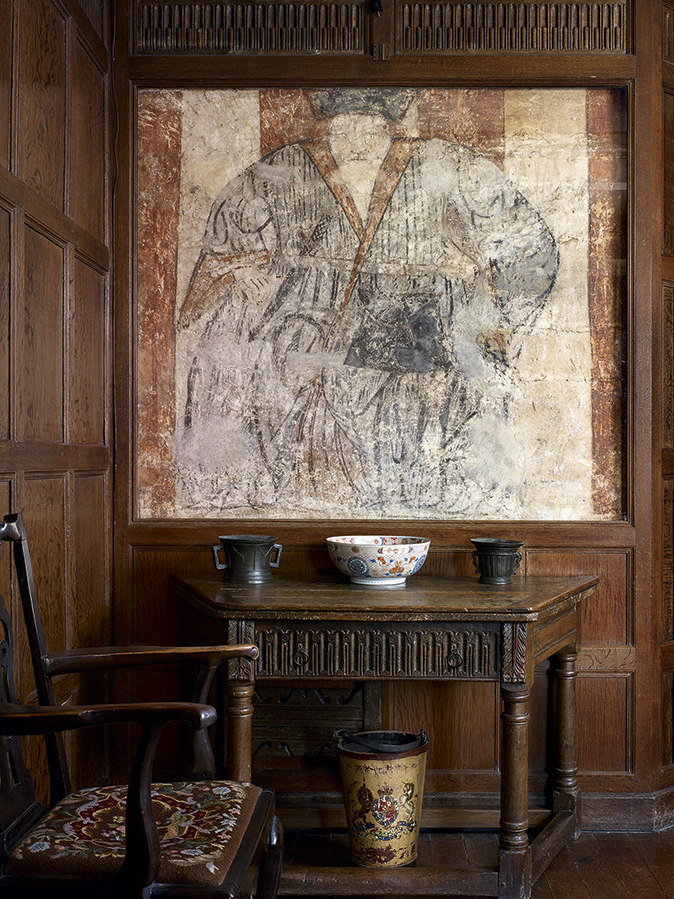
The parish church beside the manor house is first documented in the 14th century, but the Norman nave and early font suggest a much longer history. Tropnell expanded this building, adding to it a south chapel—which still bears the fragmentary remains of wall paintings narrating the story of St Catherine of Alexandria, patron saint of lawyers—and a stone rood screen, the surviving section of which is decorated with heraldry celebrating the family’s dynastic alliances.
Of the history of the manor house that Tropnell took possession of, little is securely known. Parts of it, including a round tower, were probably preserved as a service courtyard to the rear of his new house, but they have been subsequently demolished, possibly in the 17th century by the Parliamentary garrison stationed there. All that remains of them today are foundations incorporated into the garden plan.
It is also possible that the buildings were encircled by an enclosure wall with towers, the ruins of which still survive along the line of the moat. However, this fortification could equally have been erected by Tropnell. Certainly, its only stylistically dateable feature is a gateway in the line of the wall (still the main entrance to the property), which is certainly of his construction. Whatever the date of the wall, however, it would have closed the building off visually from its landscape.
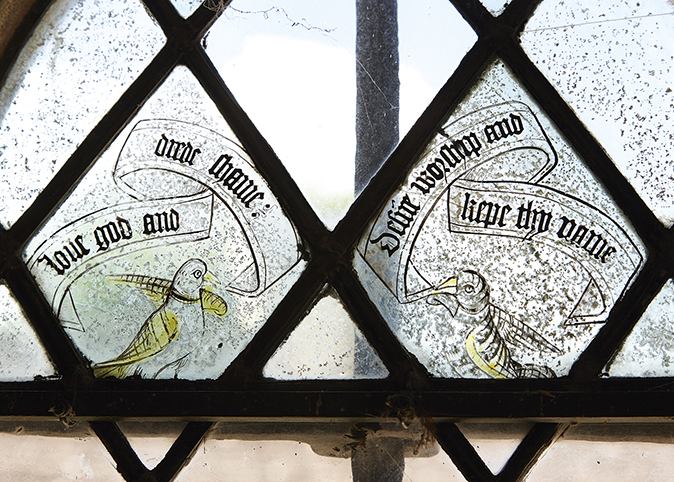
Passing through Tropnell’s gateway, the modern visitor enters an outer court defined to the right by a magnificent barn of about 1752 and a late-15th-century range. To their left is a gatehouse that leads into the forecourt of the house. The main façade of the building is essentially symmetrical, with the central volume of the hall bookended by a pair of projecting gables, one large and one small. Tall chimneys and sculpture, including the figures of knights and heraldic beasts, enliven the outline of the building.
As is characteristic of medieval domestic buildings, the function and relative importance of the interiors are expressed in the varied treatment of the windows. In the central section of the house, these are plain, arched openings. By contrast, the upper chambers of the flanking cross-wings - containing the principal withdrawing apartments - each have a splendid projecting oriel.
That to the left, lighting the Great Chamber, the setting for formal entertainment, is appropriately the richer of the two. Internally, it incorporates a magnificent pendant vault. The other preserves two quarries of medieval glass depicting a dialogue between greenfinches.
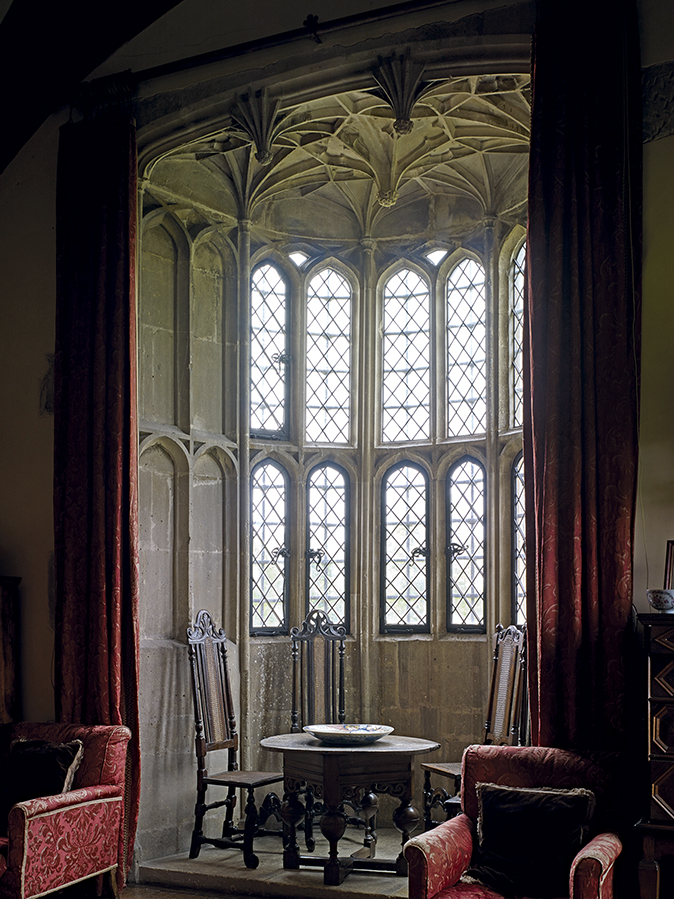
We enter the building through a porch at one end of the hall. Passing through a postern in the heavily studded, 15th-century front door, the visitor continues into the screens passage of the great hall.
The hall has been returned to its medieval proportions after being partitioned with a floor during the mid 19th century. Five high windows create large blank wall surfaces for hanging tapestries. The room is heated by a fire and, at the far end, the dais for the high table was lit to either side by a projecting bay window.
This double-bay-window arrangement is very unusual and is found in a series of important 15th-century royal commissions, including the 1440s designs for Eton College, Berkshire, and the great hall at Eltham, formerly in Kent, begun in 1475.
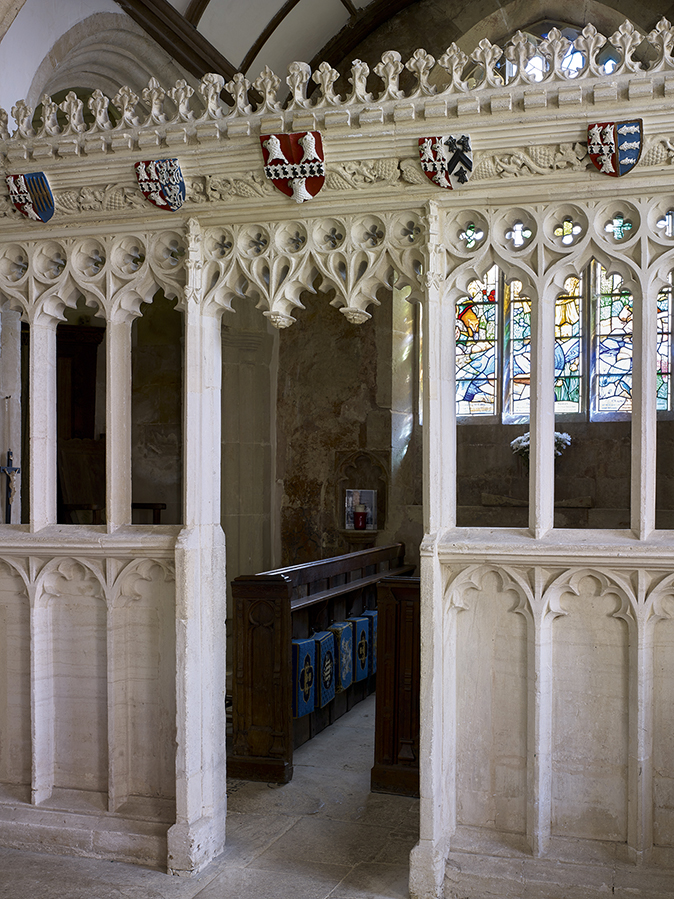
The proportions of the hall, with a low-pitched ceiling slung well below the outward pitch of its roof, are unusual for the period. Usually, hall roofs were left open to reveal the rafters and structural timbers. Another oddity is the set of three sculpted masks overlooking the hall interior. Often interpreted as squints, they are hardly convenient as such, but enable listening to all below. They can contain candles.
An 1823 watercolour of the hall by the tireless topographer John Chessell Buckler shows that stone benches formerly ran along the walls (the groove into which the stone bench end fitted still exists). It also illustrates the original form of the ceiling: the grid created by the surviving timbers was formerly subdivided into panels. These were removed when the floor was inserted into the hall and, by 1836, the bosses from them, some decorated with Tropnell’s double-yoke badge, had been taken to the Bishop’s Palace in Wells for display.
In 1962, Charles Floyd, son-in-law of the Edwardian restorer of Great Chalfield, went in search of them, but could only locate one, which is now in the house. Astonishingly, it is not of timber, but plaster. As recently pointed out by the architectural historian Claire Gapper (www.clairegapper.info), this is the earliest-known example of English decorative plasterwork. It also clearly illustrates the development of this artform, associated with Tudor and Jacobean architecture, from carving in timber.
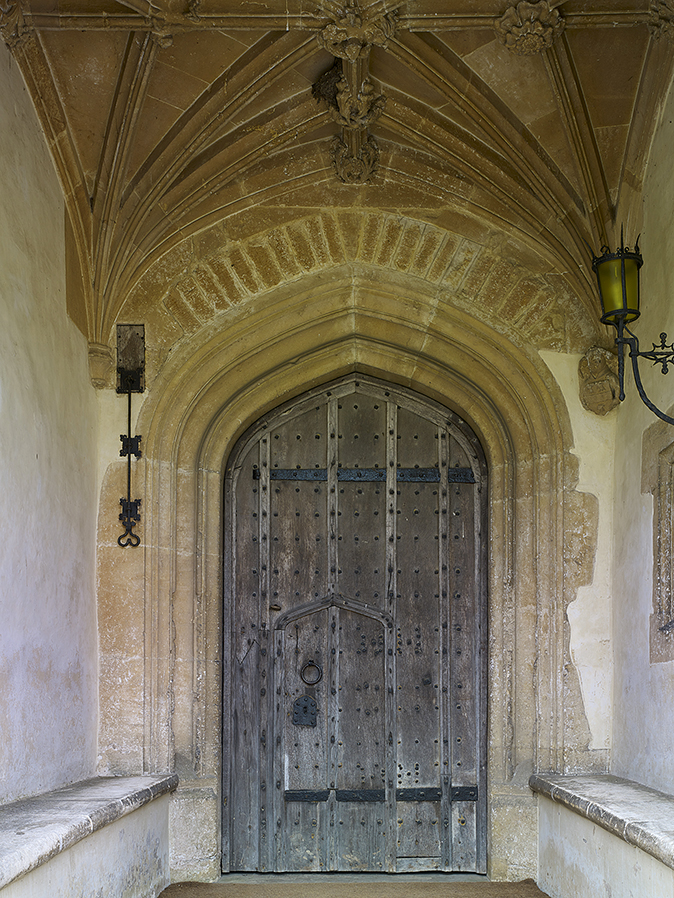
Although Tropnell created one of England’s most beautiful manor houses, it is not known how much time he spent at it. His base of operations remained another of his properties, Neston, near Corsham in Wiltshire, and it is in the Tropnell chapel of St Bartholomew’s, Corsham, that he is buried.
Alas, the perpendicular tomb chest has no effigy; however, fortunately, as will be apparent next week, we have a clearer image of the men who revived Great Chalfield’s fortunes in the early 20th century.
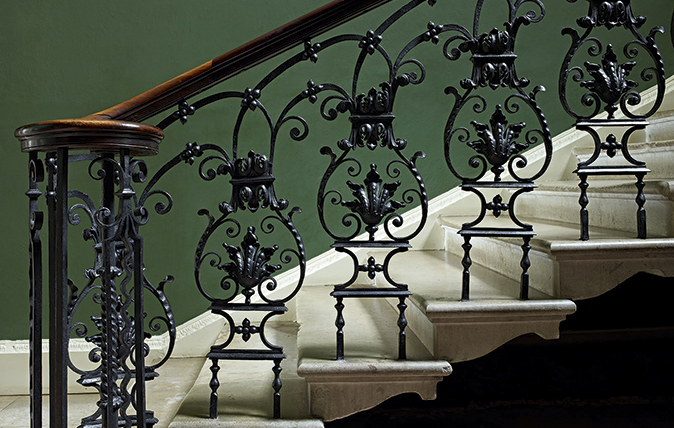
Curves and curlicues: 10 stunning staircases from the Country Life Archive
Iron can be wrought into the most delightful staircase balustrades. John Goodall chooses some favourites from Country Life’s outstanding archive.
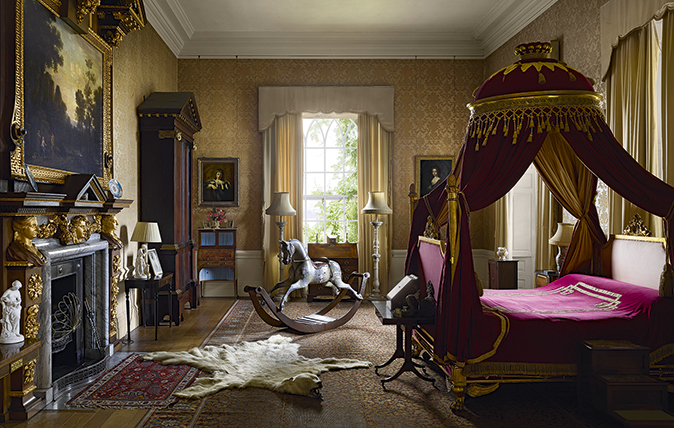
Credit: Will Pryce
Powderham: The Devonshire castle that's been in the same family for 600 years
An ancestral West Country home that has passed through the hands of one family for the past 600 years has,
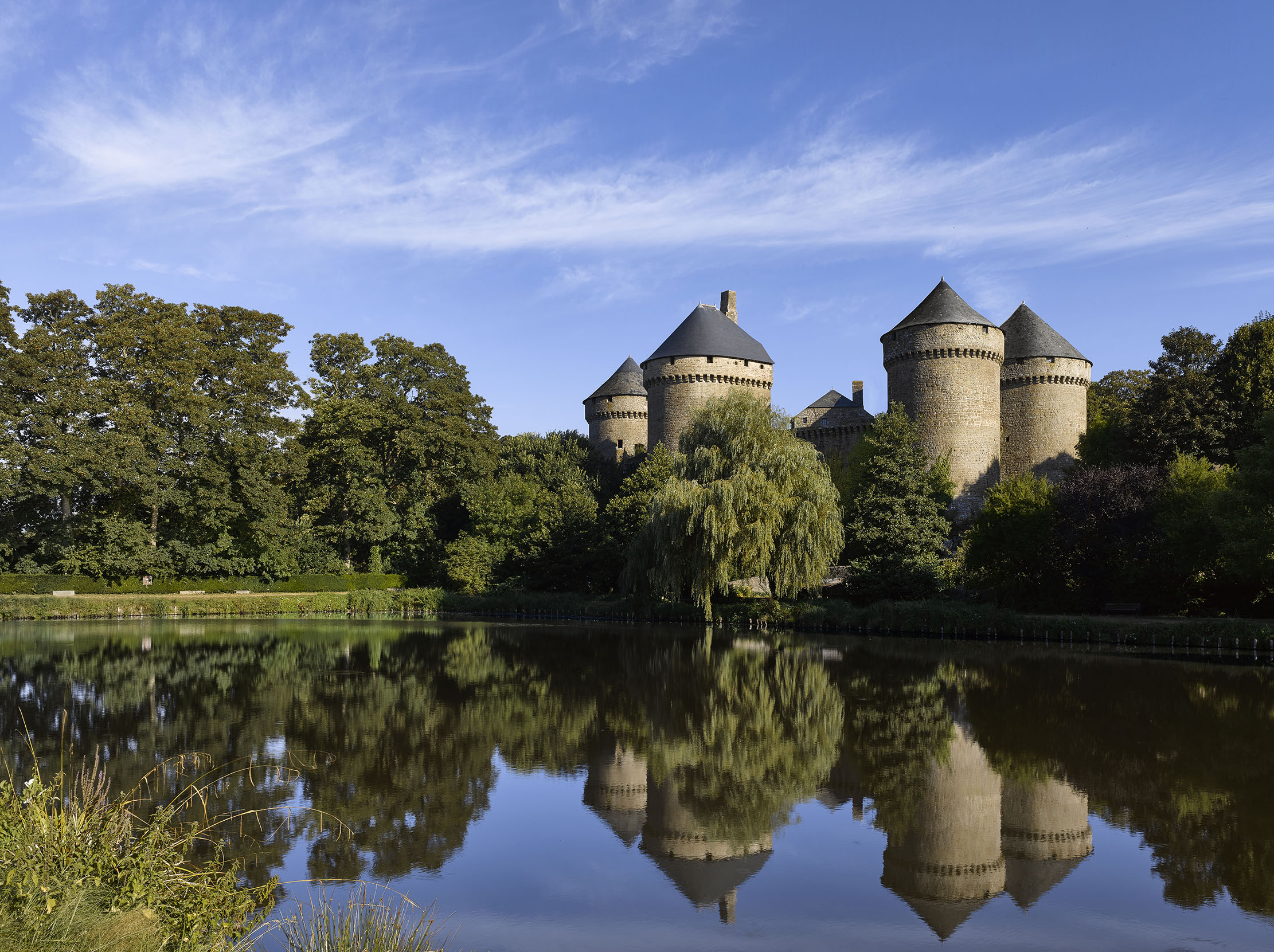
Château de Lassay: The castle of Bluebeard’s widow
This magnificent French castle has a remarkably colourful history, as Desmond Seward explains.

John spent his childhood in Kenya, Germany, India and Yorkshire before joining Country Life in 2007, via the University of Durham. Known for his irrepressible love of castles and the Frozen soundtrack, and a laugh that lights up the lives of those around him, John also moonlights as a walking encyclopedia and is the author of several books.
-
 A simply perfect thatched cottage in Devon, with charm, walled gardens and all the space you need for family life
A simply perfect thatched cottage in Devon, with charm, walled gardens and all the space you need for family lifeThatched cottages are often pretty, but pretty small — but Julie Harding finds one brings which blends cottage charm with the space of a country manor.
-
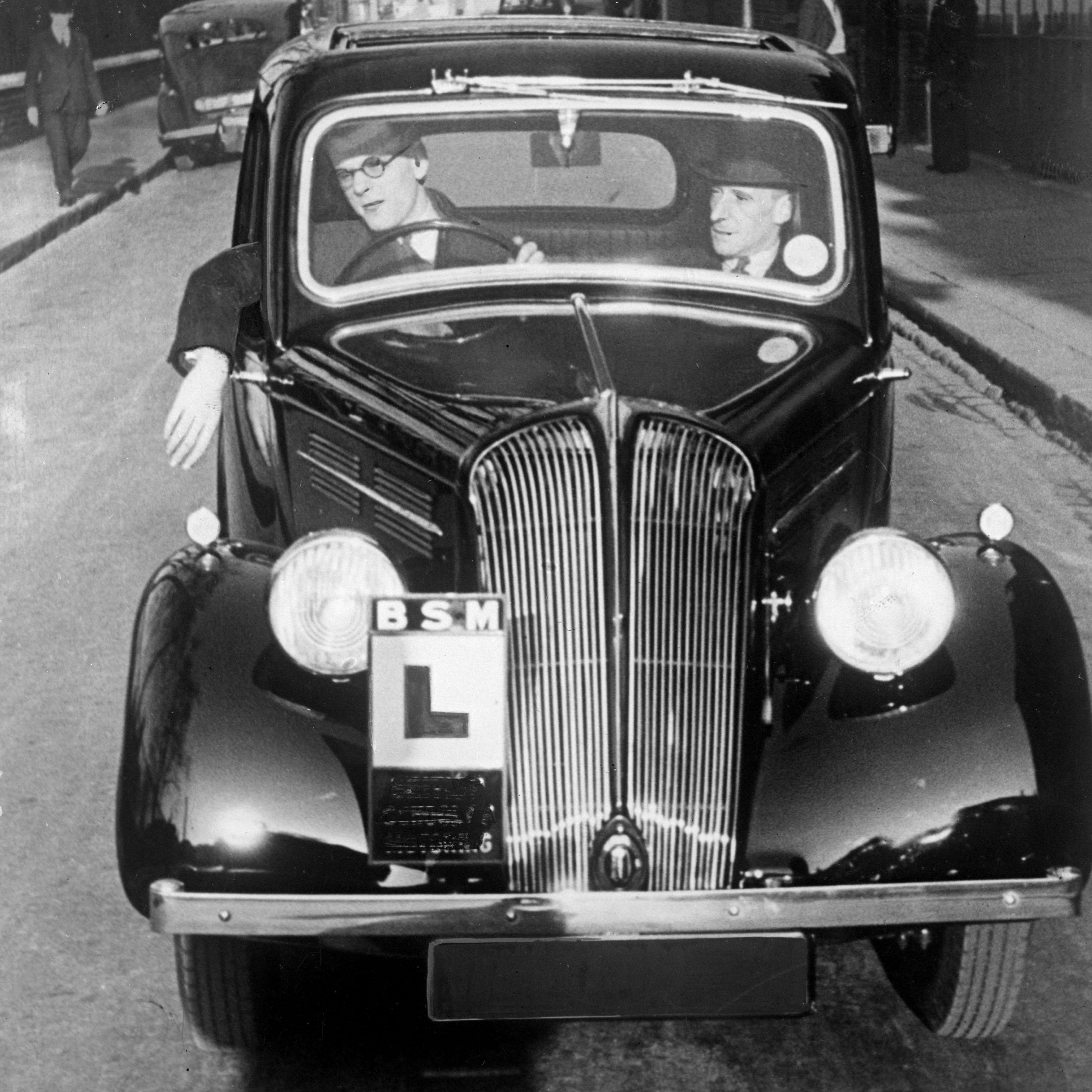 How many people pass their driving test first time? Country Life Quiz of the Day, November 13, 2025
How many people pass their driving test first time? Country Life Quiz of the Day, November 13, 2025Test your general knowledge in today's Country Life quiz.
-
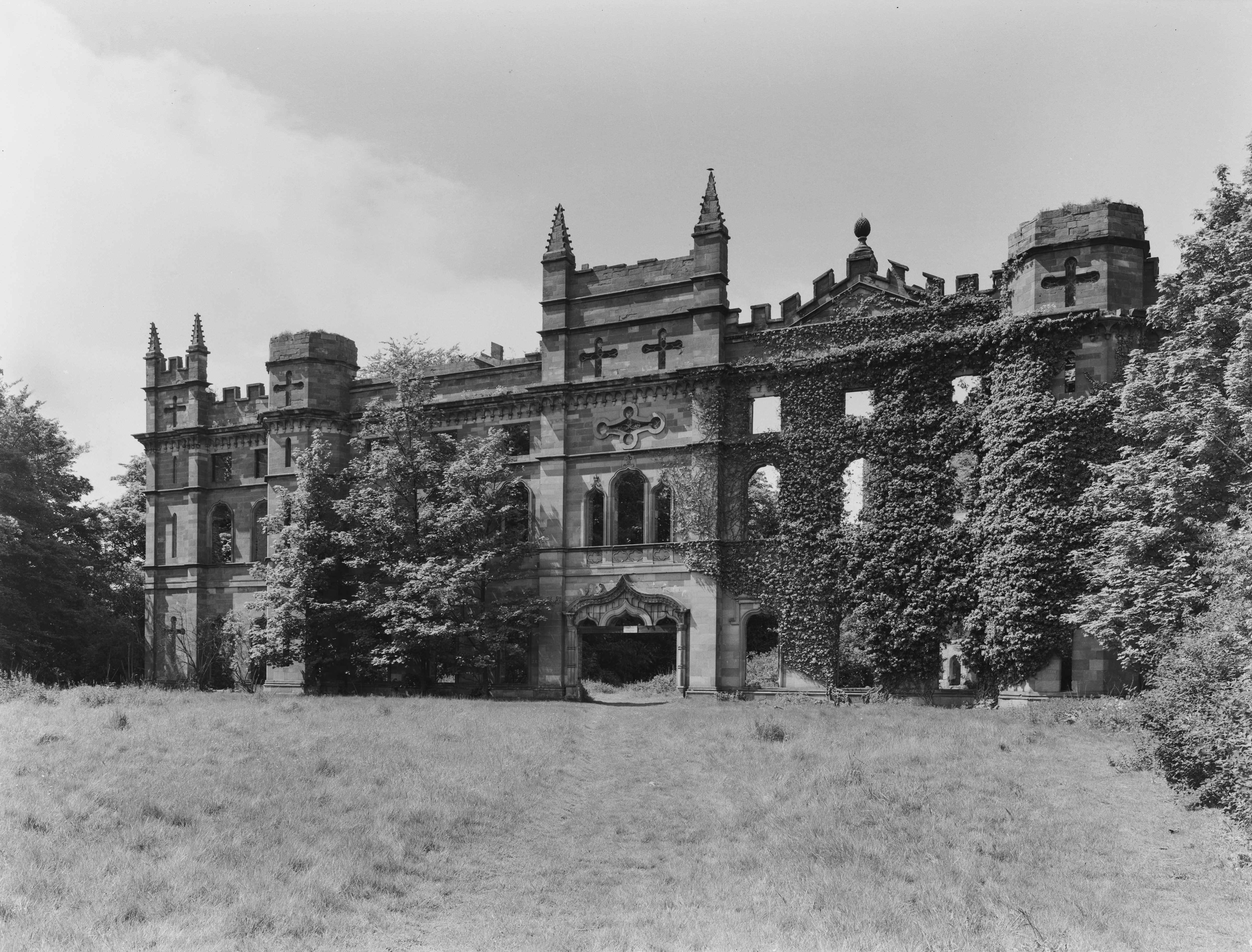 Only a handful of Britain's great houses were photographed by Country Life in a ruinous state. This once splendid Gothic castle is one of them
Only a handful of Britain's great houses were photographed by Country Life in a ruinous state. This once splendid Gothic castle is one of themThis is the tragic tale of Tong Castle, a once great Georgian-Gothic castle that was eventually consumed by Nature.
-
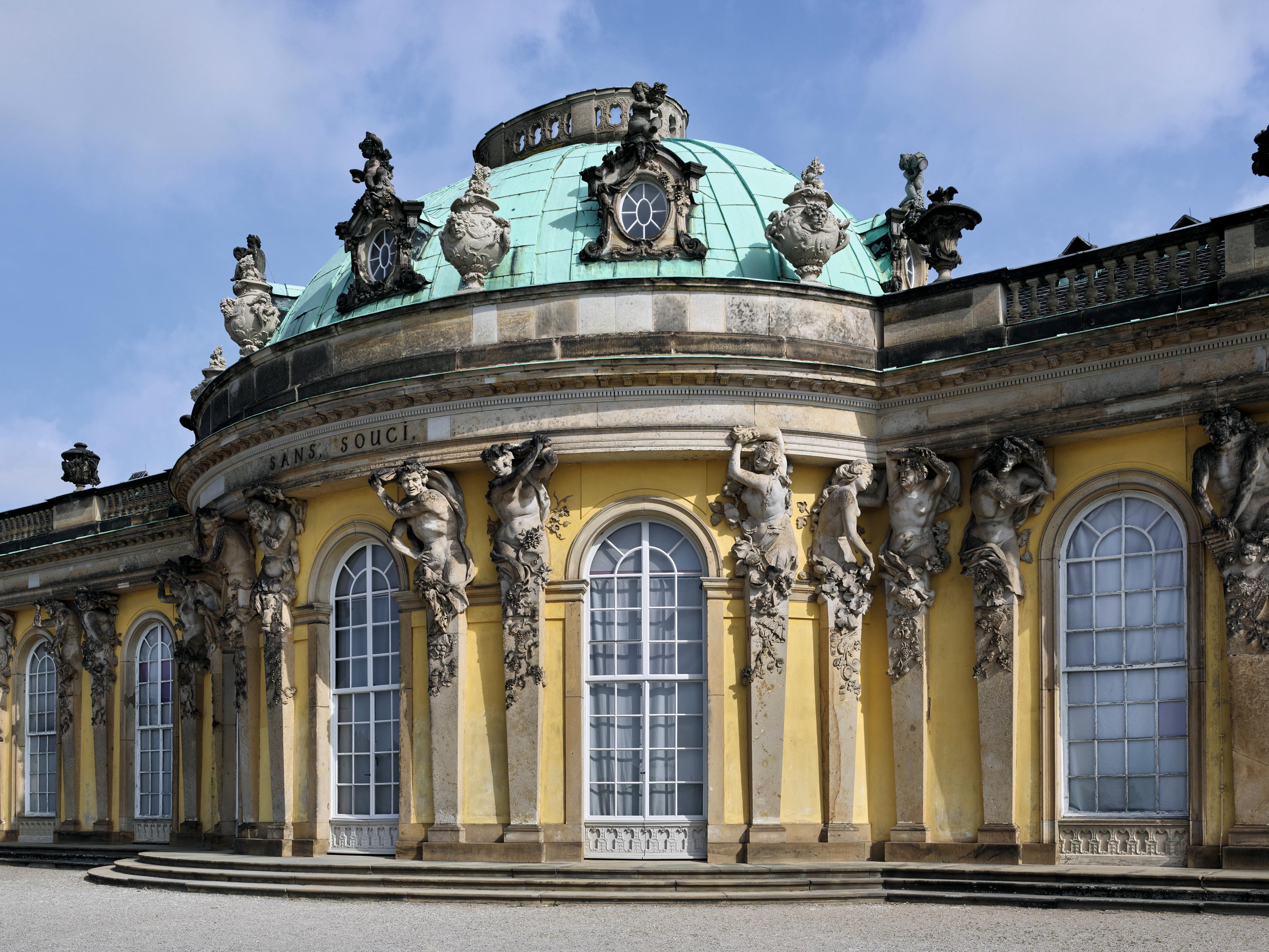 The Rococo jewel nestled into vineyard terraces that's a visual index of 'a king’s Enlightenment belief in knowledge, cultivation and the civilising power of Nature'
The Rococo jewel nestled into vineyard terraces that's a visual index of 'a king’s Enlightenment belief in knowledge, cultivation and the civilising power of Nature'A summer picnic in 1743 prompted Frederick the Great to create a retreat for himself outside his capital at Berlin. The result was the creation of Schloss Sanssouci in Brandenburg, as Aoife Caitríona Lau explains.
-
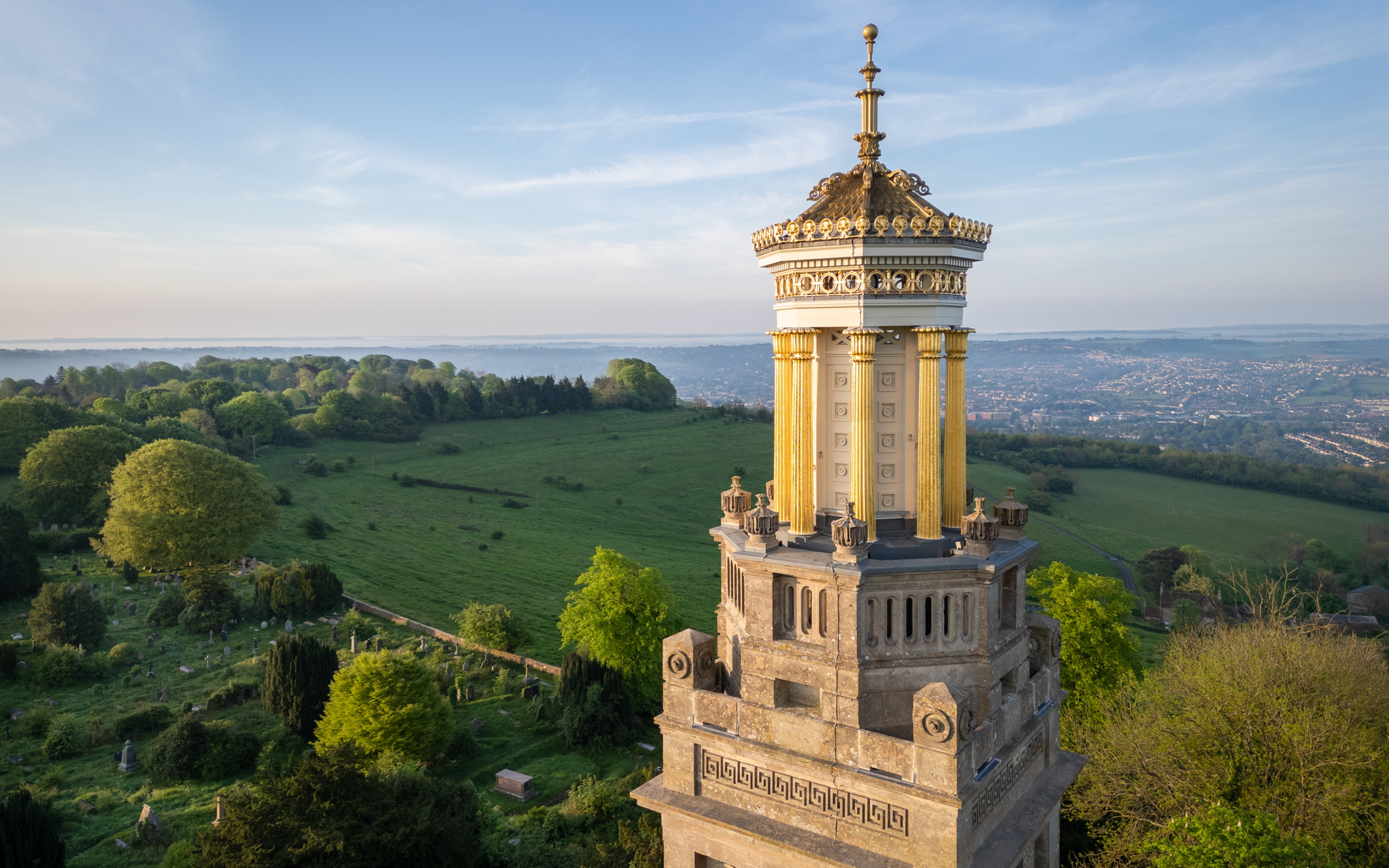 Best in class: This year's Georgian Group Architectural Award winners revealed
Best in class: This year's Georgian Group Architectural Award winners revealedThe Georgian Group’s Architectural Awards, sponsored by Savills, attracted another outstanding crop of entries this year. We reveal the winners, as chosen by a panel of judges chaired by Country Life's Architectural Editor, John Goodall.
-
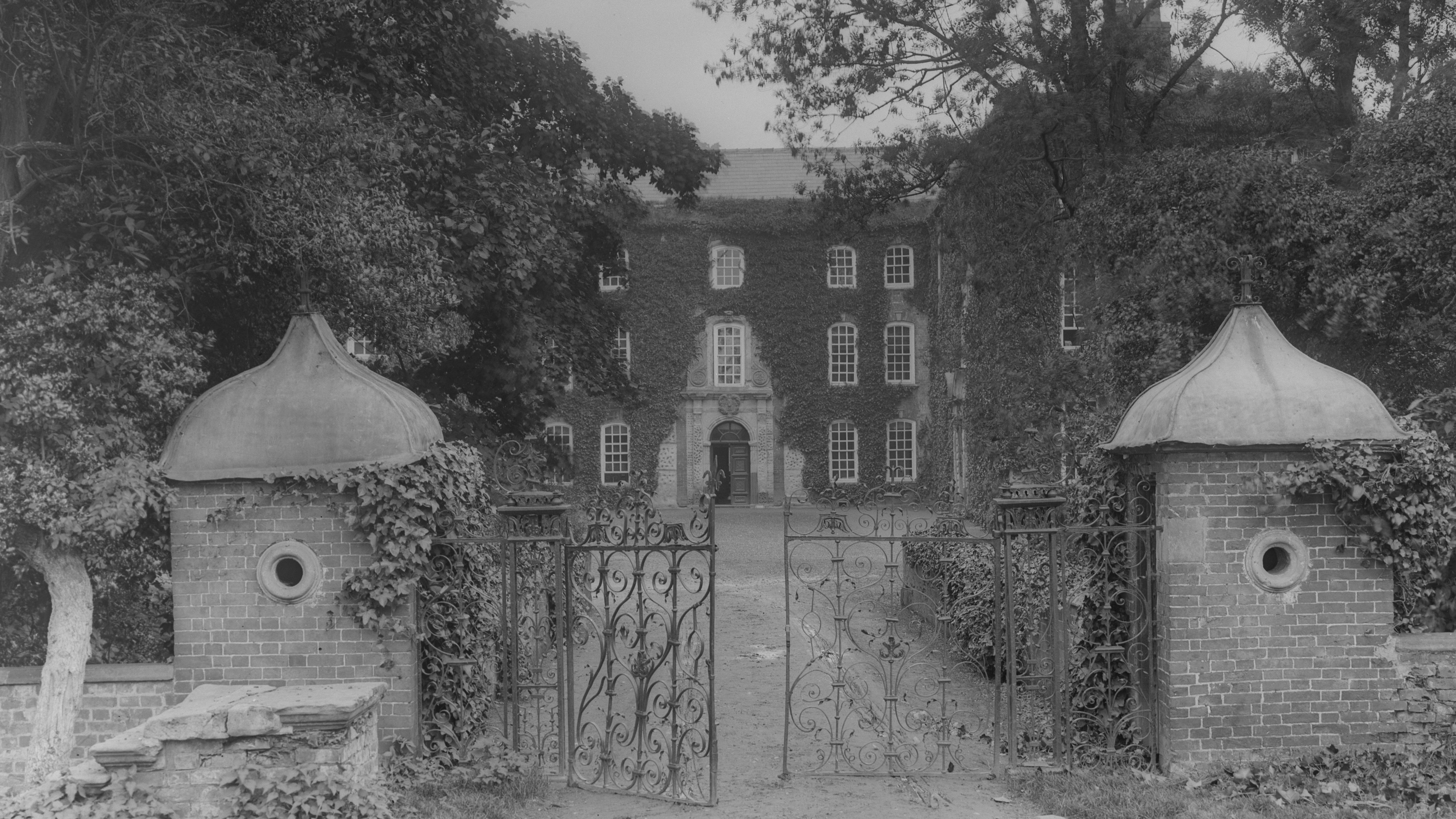 The rise, fall, rise and eventual demolition of a Welsh wonder with an intriguing link to the Duke of Westminster
The rise, fall, rise and eventual demolition of a Welsh wonder with an intriguing link to the Duke of WestminsterMelanie Bryan delves into the Country Life archives and the history of one of Wales’s most extraordinary manor houses.
-
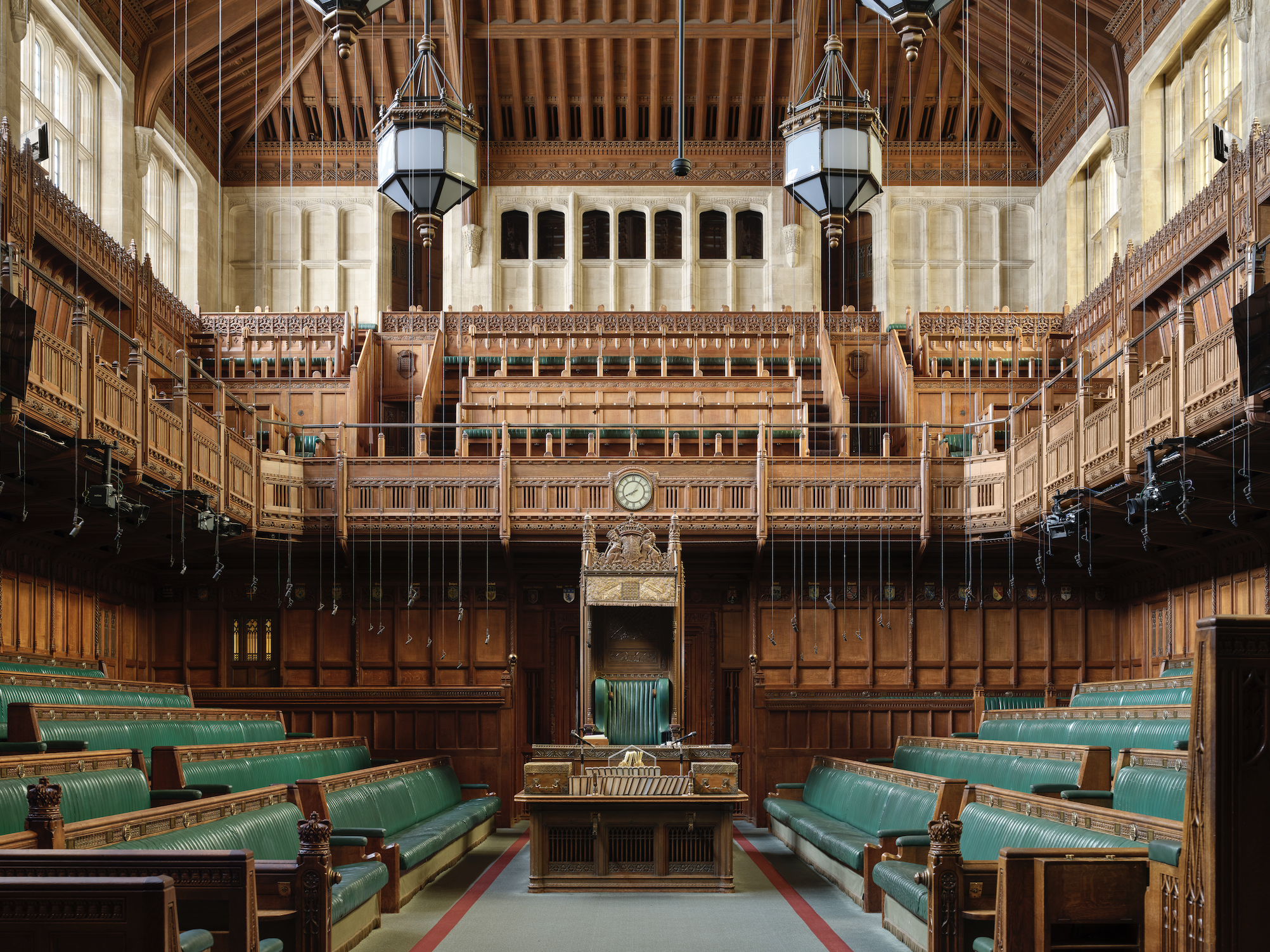 Exclusive: The House of Commons as you've never seen it before, 75 years on from reopening following its destruction during the Blitz
Exclusive: The House of Commons as you've never seen it before, 75 years on from reopening following its destruction during the BlitzThis year marks the 75th anniversary of the reopening of the House of Commons following the destruction of its predecessor in 1941 during the Blitz. John Goodall reports; photographs by Will Pryce.
-
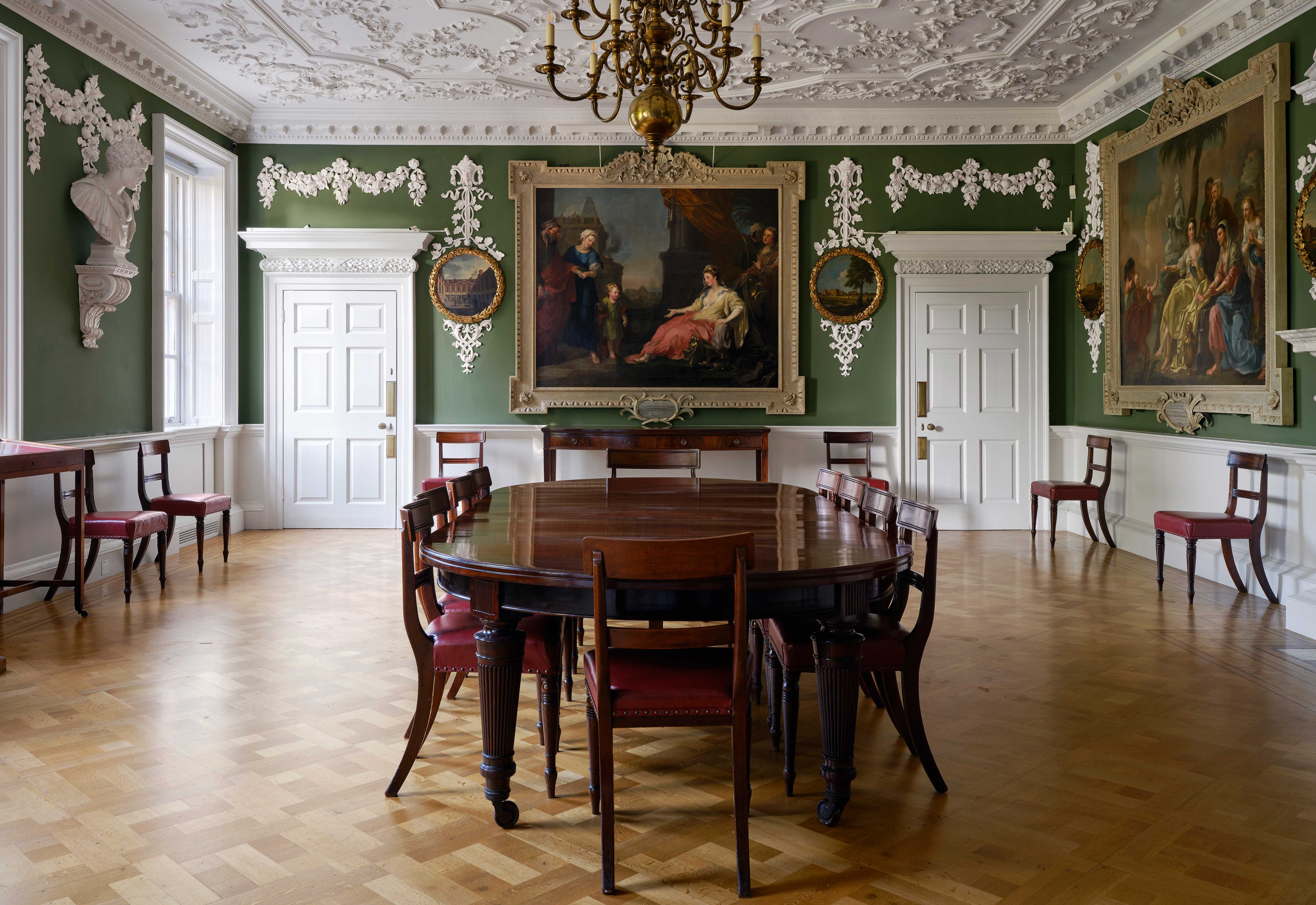 'A bluff, honest man in the trappings of greatness': The extraordinary story of the Foundling Hospital, and the sailor who saved the abandoned children of London
'A bluff, honest man in the trappings of greatness': The extraordinary story of the Foundling Hospital, and the sailor who saved the abandoned children of LondonA remarkable charitable endeavour to save abandoned children on the streets of London has a touching legacy in the form of the The Foundling Museum in the very centre of London. John Goodall tells its story; photographs by Will Pryce.
-
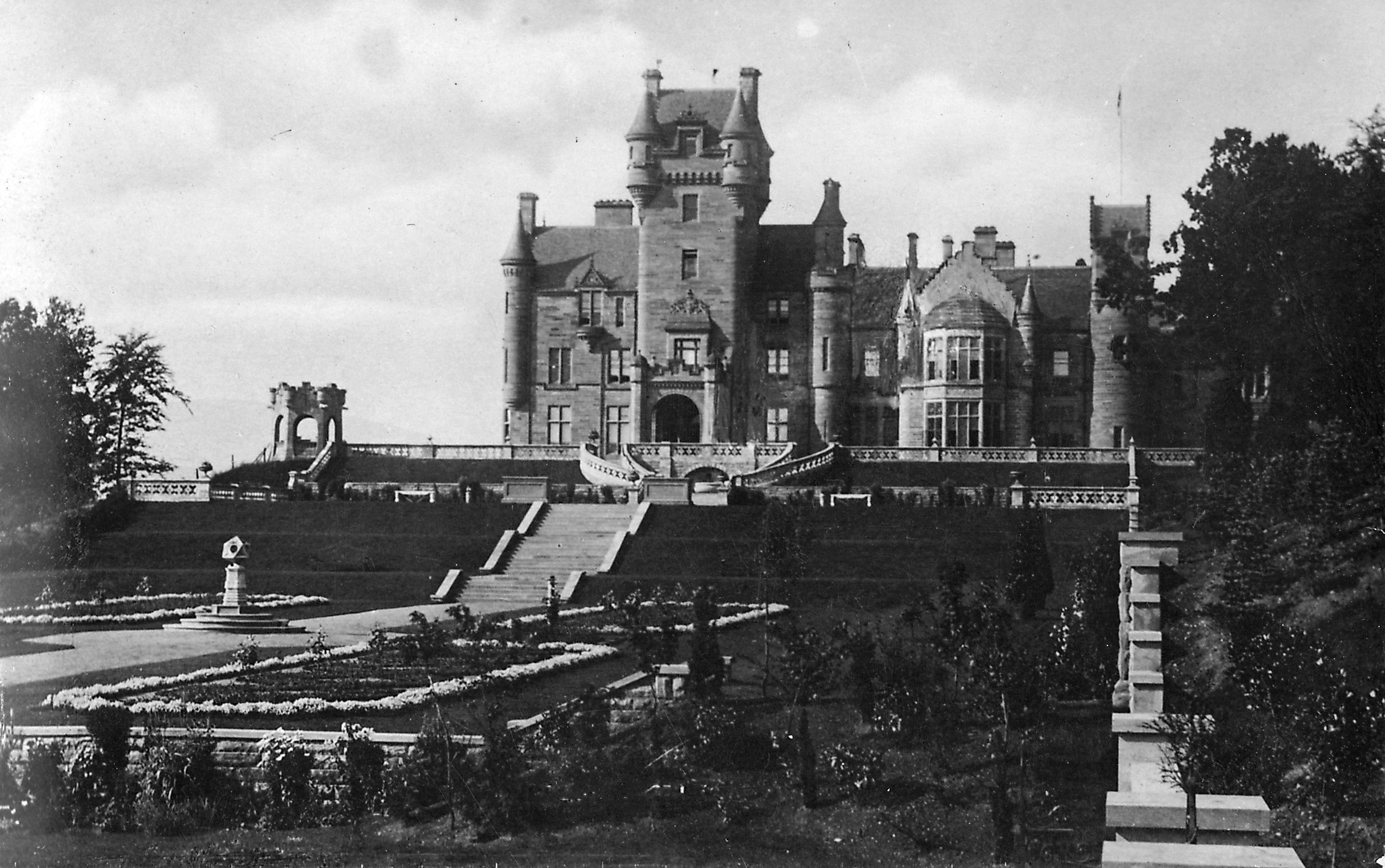 Where is 'The Traitors' filmed? Inside the Scottish castle sold via the pages of Country Life three times for an unbelievable amount
Where is 'The Traitors' filmed? Inside the Scottish castle sold via the pages of Country Life three times for an unbelievable amountMelanie Bryans delves into the Country Life archives and uncloaks the history of the turreted Highland castle made famous by the global TV franchise, 'The Traitors'.
-
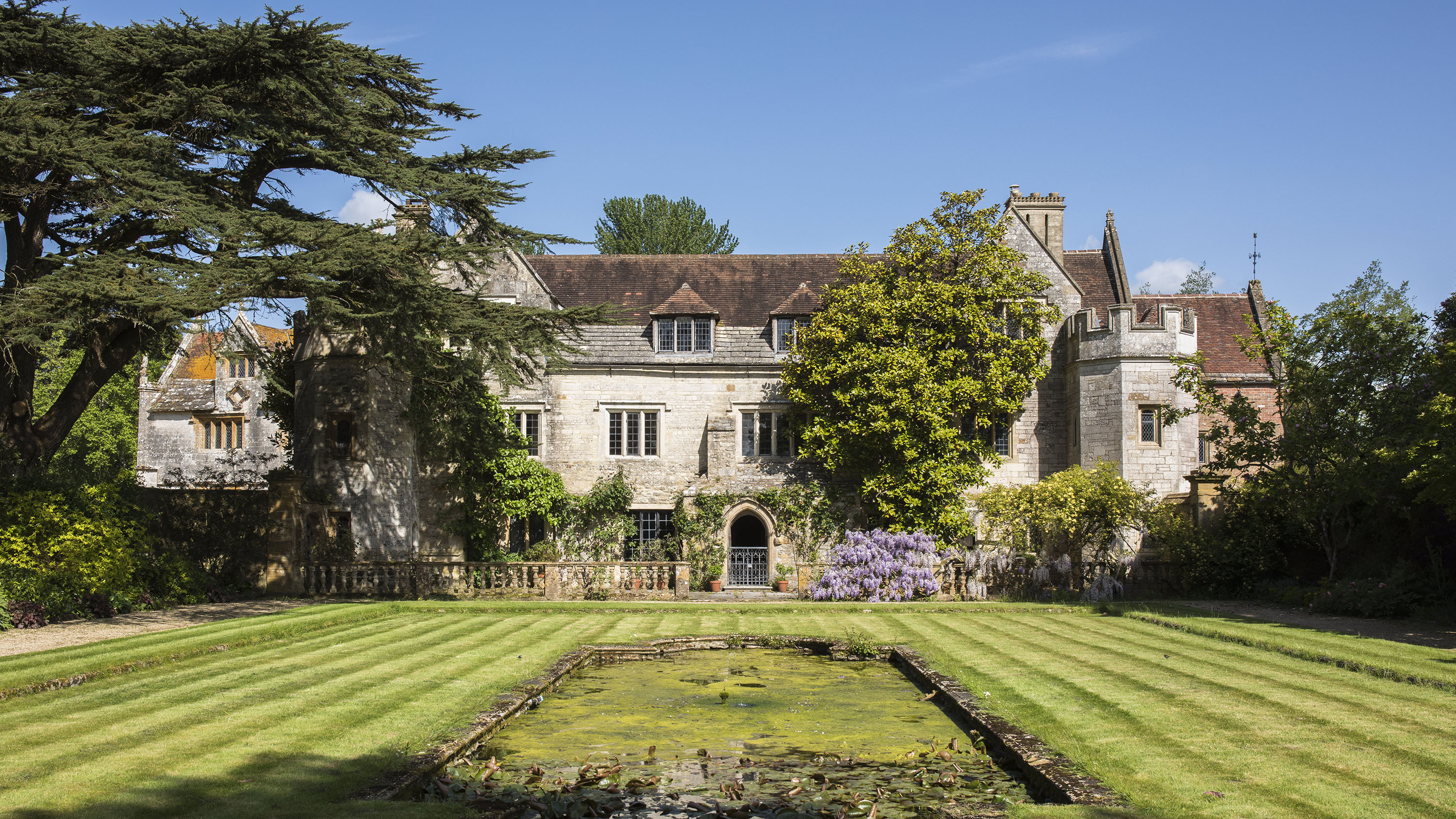 Stefan Pitman: Making great country houses cost less to heat than a suburban semi
Stefan Pitman: Making great country houses cost less to heat than a suburban semiThe trailblazing architect Stefan Pitman — founder of SPASE — joins the Country Life Podcast.